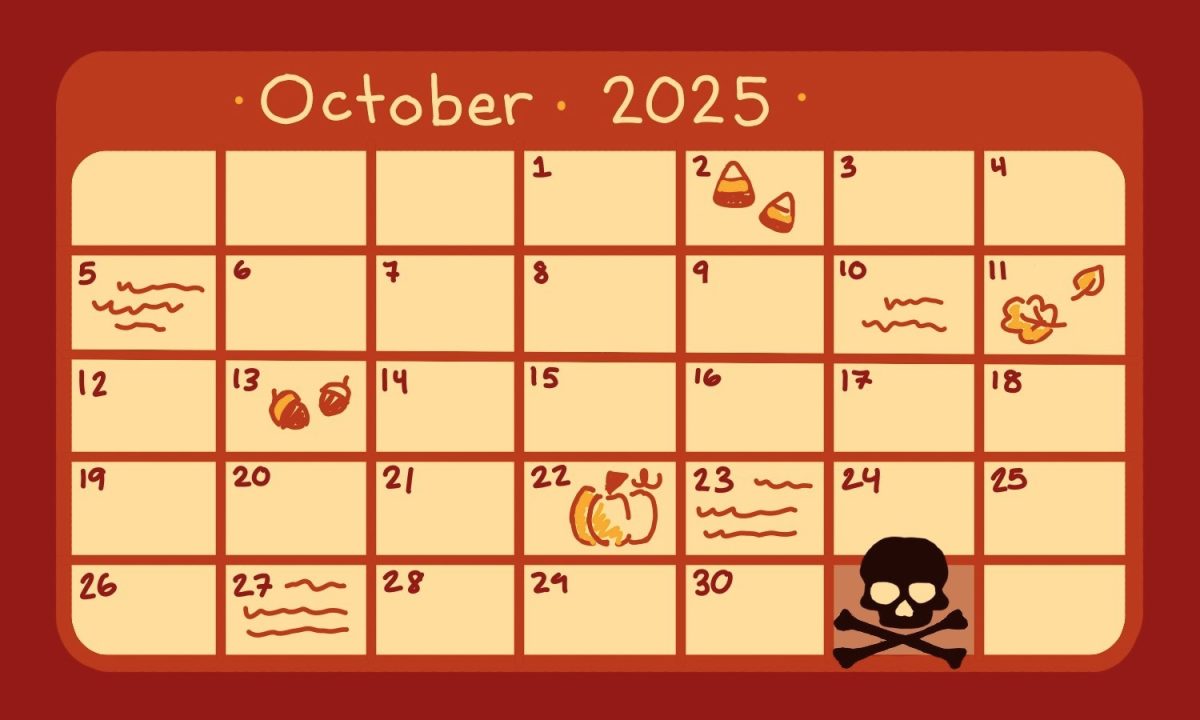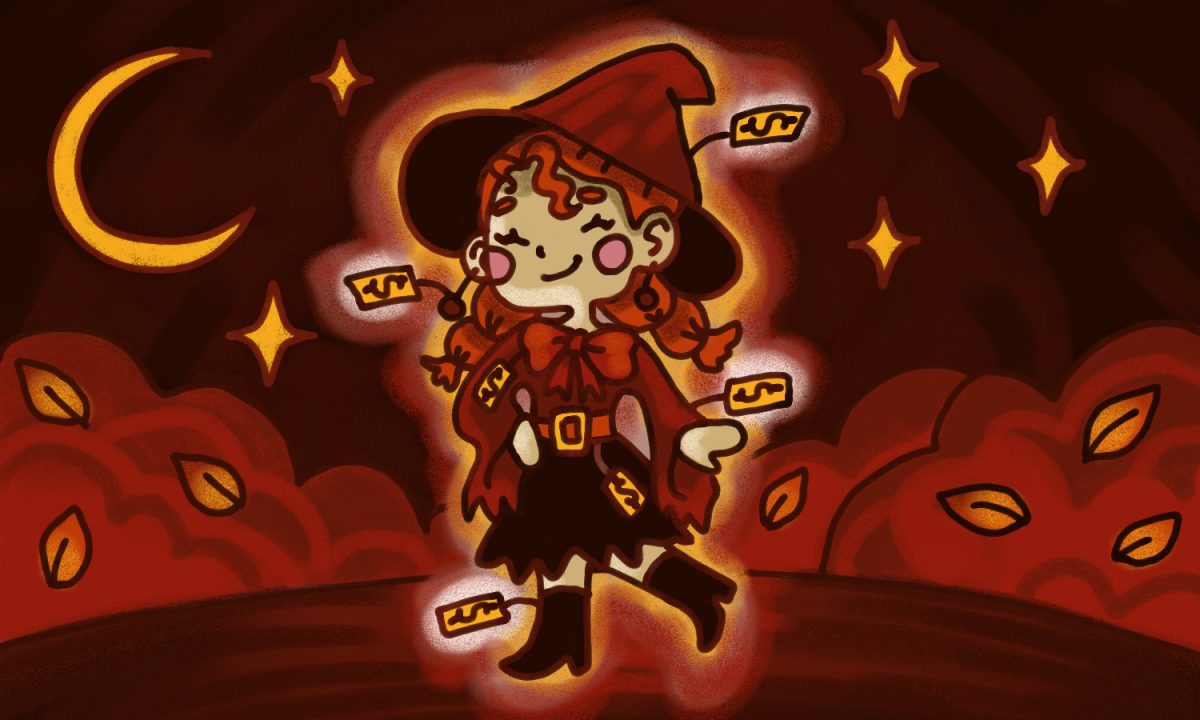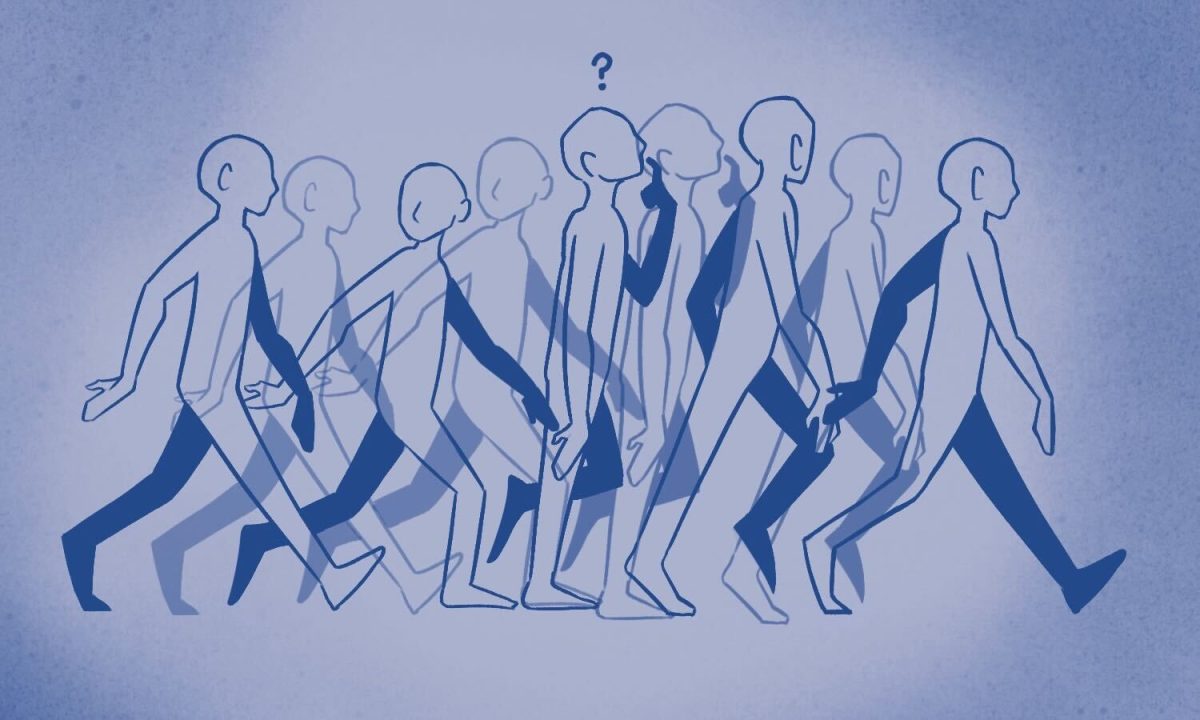Editor’s Note: All opinion content reflects the views of the individual author only and does not represent a stance taken by The Collegian or its editorial board.
What makes someone masculine? Is it someone who enjoys manly activities? Someone who is secure enough with who they are that they don’t need to show it through material objects? These are two influences that get put on men as they begin to analyze who they are in a masculine sense.
Another experience that influences masculinity is media that often portray men as being “‘hypermasculine’ — violent, tough, sexually aggressive and dangerous,” Natalie Fixmer-Oraiz and Julia T. Wood said in their book “Gendered Lives.”
When looking into nationalist standards in which “terms such as honor, patriotism, cowardice, bravery and duty are … thoroughly tied to both the nation and to manhood,” as written by Joane Nagel in her book “Race, Ethnicity and Sexuality: Intimate Intersections, Forbidden Frontiers,” there is an influence of nationalism that ties into certain understandings of what some men think they need to become in order to be a man.
Within social media use, there is also a specific brand of masculinity that is shared and shapes the definition of what men feel they might need to be because “in an online world where users portray themselves in an ideal manner, depressed individuals may be stymied in their efforts to seek out negative information about others,” psychiatrist Jacqueline Nesi and psychologist Mitchell J. Prinstein wrote in a manuscript published in the National Library of Medicine.
This realm of social media can often mirror aspects of a cult like having a charismatic leader who influences them either in a social or personal way, causing conformity and control and creating an us-vs.-them mentality.
Cognitive development theory “assumes that children play active roles in developing their gender identities,” as defined in “Gendered Lives.” This ties the effect of who men grew up around — especially parental influences — with what they consumed to how they will later represent a version of masculinity later in life.
Many of these influences contribute to a cultlike mindset of who they might feel they need to be in order to fit into the boy’s club created for them. Oftentimes, this culture will promote ideals of hypermasculinity under the guise of needing it to fit societal expectations, an action that creates a very cultlike mentality.
Fixmer-Oraiz and Wood discuss the idea that in order to be masculine, a man must not be feminine but should be successful, aggressive, sexual and self-reliant and embody traditionally masculine values. These are what historically have made a man a man and what actually contribute to the cultlike mentality of masculinity because they are able to ostracize people and make sure that masculinity maintains its status and doesn’t become something too feminine.
It’s the idea that a man must obtain approval by being masculine enough to really be a man. This often leads to toxic masculinity: “the worst aspects of stereotypically masculine attributes,” according to a Conversation article.
Erica Ross, assistant director of educational programming at the Colorado State University Survivor Advocacy and Feminist Education Center, said hegemonic masculinity is a term more widely used by feminists, “a more appropriate concept in the way that it accounts for power that is constructed in a differential gender binary.”
Toxic masculinity is “more about an individual rather than an entire system and society which informs who we are as people,” Ross said.
A representative of toxic masculinity is former President Donald Trump, as demonstrated during his candidacy and presidency.
“This stance of white, masculine victimhood strengthens Trump’s position,” Jakob Schnaitter said in a rhetorical analysis of Trump’s Jan. 6, 2021, speech.
Throughout his presidency, Trump embodied toxic masculinity, “from claiming to kiss and grope women without their consent to mocking handicapped male journalist,” Schnaitter said.
Another person who exudes these ideals is Andrew Tate, who, as Ross said, promotes toxic masculinity and diminishes larger systemic and cultural issues. These men project the image of the hypermasculine man, and they become the person shaping and promoting patriarchal behaviors and sexist ideals that privilege men.
There is a societal expectation that men need to not only be a man but also be the breadwinners for their family, which stems from the influences they might have had growing up. This idea starts from a young age and develops as they age and join society, never leaving and pleasing the leader that is members of a society focused on toxic masculinity, like a cult would expect them to do.
Reach Dominique Lopez at science@collegian.com or on Twitter @caffeinateddee6.










